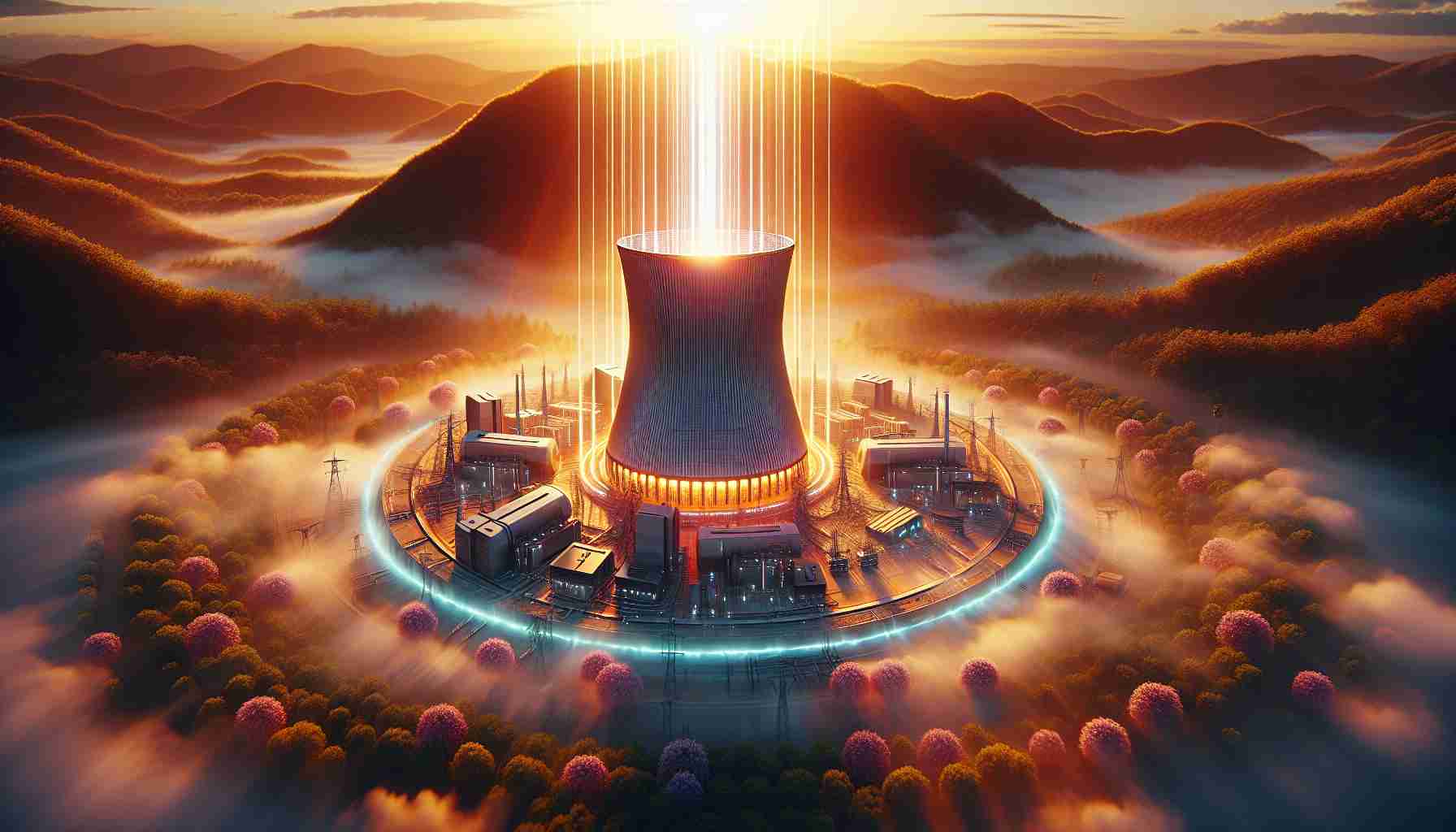Lunar Ambitions to Harvest Helium-3
In a groundbreaking initiative, Interlune, a company founded by ex-Blue Origin experts, is planning to extract Helium-3 from the moon’s surface. This rare isotope, which is trapped in lunar soil due to solar wind, holds immense potential. Current data reveals that acquiring this valuable resource will demand extensive processing of lunar regolith, akin to running a copper mine here on Earth.
Interlune’s CEO envisions utilizing large-scale harvesters, similar to agricultural equipment, to collect Helium-3, emphasizing the long-term nature of this venture. He highlighted that, while Helium-3 is abundant, significant quantities need to be processed to make extraction feasible. Initially skeptical, the team has identified promising applications for Helium-3, particularly in superconducting quantum computing, where it can serve as a cooling agent for advanced technology.
Despite the optimistic outlook from Interlune, some experts express caution. A USGS geologist noted the complexities involved in determining the extractable amounts of Helium-3, cautioning that the concentrations found in Apollo samples are relatively low. The anticipated mission in 2027 aims to further evaluate the moon’s Helium-3 deposits and test extraction methods on a small scale.
With plans for a pilot operations plant underway, Interlune remains committed to advancing lunar mining and exploring the high demands for Helium-3 within various industries, positioning themselves as pioneers in the quest for extraterrestrial resources.
The Broader Implications of Lunar Helium-3 Harvesting
The pursuit of Helium-3 from the moon presents a paradigm shift not only in technological advancement but also in the fabric of society and global economics. The global energy landscape could experience a significant transformation if Helium-3 becomes a reliable energy source, particularly for nuclear fusion—a process with the potential to provide near-limitless clean energy. This shift may alleviate dependence on fossil fuels, positively impacting climate change and promoting sustainability.
As nations and private companies vie for dominance in space resources, we may see a new era of geopolitical competition. The race for lunar mining could mirror historical gold rushes, leading to conflicts over territory, resource rights, and investment in space infrastructure. This could spur international collaborations or raise ethical concerns regarding ownership and exploitation of extraterrestrial materials.
On the environmental front, lunar mining poses unique challenges. Potential contamination of the lunar environment or disruption of its geological integrity must be considered as humanity ventures into this new frontier. Additionally, the environmental footprint of transporting mined resources back to Earth could diminish the overall sustainability of such endeavors.
Looking ahead, as technology advances, the feasibility of Helium-3 extraction may inspire further innovations, transforming scientific fields such as propulsion systems for space travel and advancements in superconductors. The implications of this pursuit extend far beyond our planet, shaping future energy paradigms while demanding a thoughtful approach to stewardship of both lunar and terrestrial environments.
Unveiling the Moon’s Potential: Interlune’s Quest for Helium-3 Harvesting
Lunar Ambitions to Harvest Helium-3
In an ambitious endeavor, Interlune, a company spearheaded by former Blue Origin experts, is on a mission to extract the rare and valuable isotope Helium-3 from the lunar surface. This isotope, accumulated in lunar soil due to the impact of solar wind, is touted for its potential in clean energy and advanced technology applications.
Understanding Helium-3
Helium-3 is a non-radioactive isotope with applications in nuclear fusion, which could provide a nearly limitless source of energy. As the world seeks sustainable energy solutions, Helium-3 emerges as a promising candidate due to its potential role in fusion reactors that would produce energy without harmful waste products.
The Extraction Process
Interlune’s strategy involves processing lunar regolith extensively, similar to mining operations on Earth, particularly copper mining. Their CEO discussed plans for large-scale harvesters that would resemble agricultural machinery, signifying a significant industrial-scale approach to resource extraction on the moon.
# Key Features of the Harvesting Technology:
– Large-Scale Harvesters: Designed to operate on the moon’s rugged terrain.
– Robotic Automation: Potential integration of robotics to minimize human presence and risk.
– Sustainable Practices: Techniques to lower the environmental impact of both lunar and Earth operations.
Pros and Cons of Helium-3 Extraction
Pros:
– Abundant energy source for future fusion reactors.
– Low environmental impact compared to traditional energy sources.
– Potential to establish a new frontier in space mining and industry.
Cons:
– High extraction costs due to complex processing.
– Low concentrations of Helium-3 in lunar soil based on Apollo mission data.
– Technical and logistical challenges of operating in a lunar environment.
Future Plans and Market Insights
Interlune has earmarked 2027 for a crucial mission aimed at conducting a more detailed analysis of the moon’s Helium-3 deposits and experimenting with extraction methods. This pilot operation is expected to inform the feasibility of future large-scale mining efforts and may revolutionize industries that rely on superconductors, medical imaging, and other advanced technologies.
Risks and Controversies
While the prospect of mining the moon for Helium-3 is thrilling, experts warn about the unpredictability of space missions and the ethical implications of extraterrestrial resource extraction. Concerns regarding international space law and the ownership of lunar resources underscore the need for robust regulations to govern these new frontiers.
Conclusion: A Pioneering Era in Space Resource Management
Interlune’s initiative may well represent the dawn of a new era in space resource management, where lunar mining becomes a pivotal aspect of meeting Earth’s energy needs. The path ahead is fraught with challenges, but the potential rewards—both economic and technological—could reshape the energy landscape for generations to come.
For more on the future of space mining and advancements in energy technology, visit Interlune.
The source of the article is from the blog reporterosdelsur.com.mx



